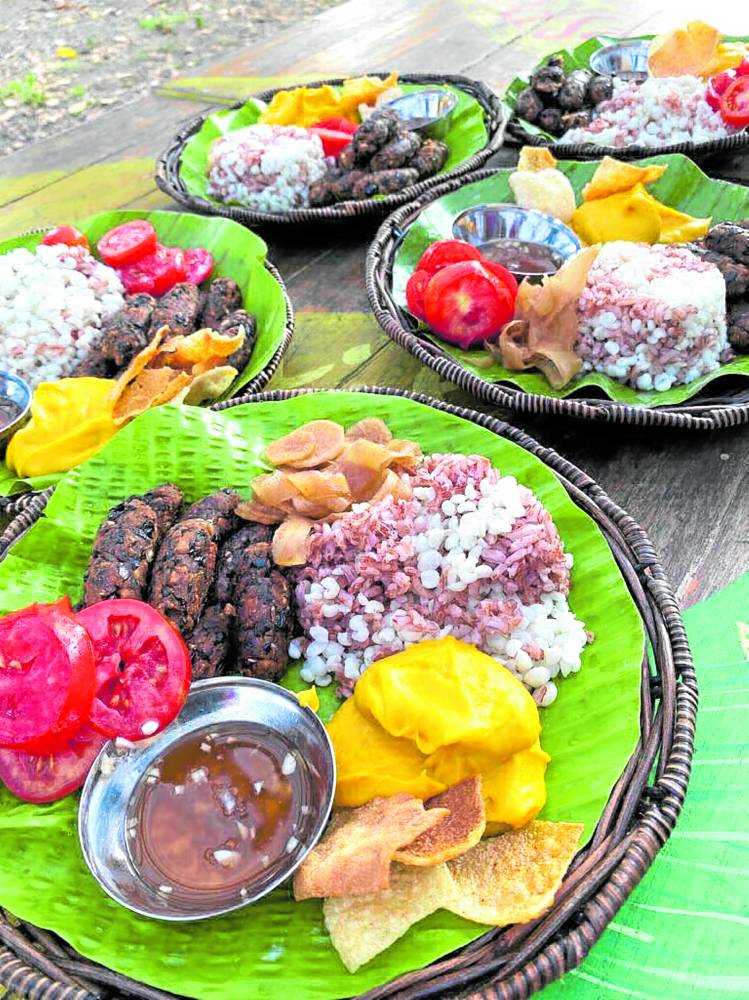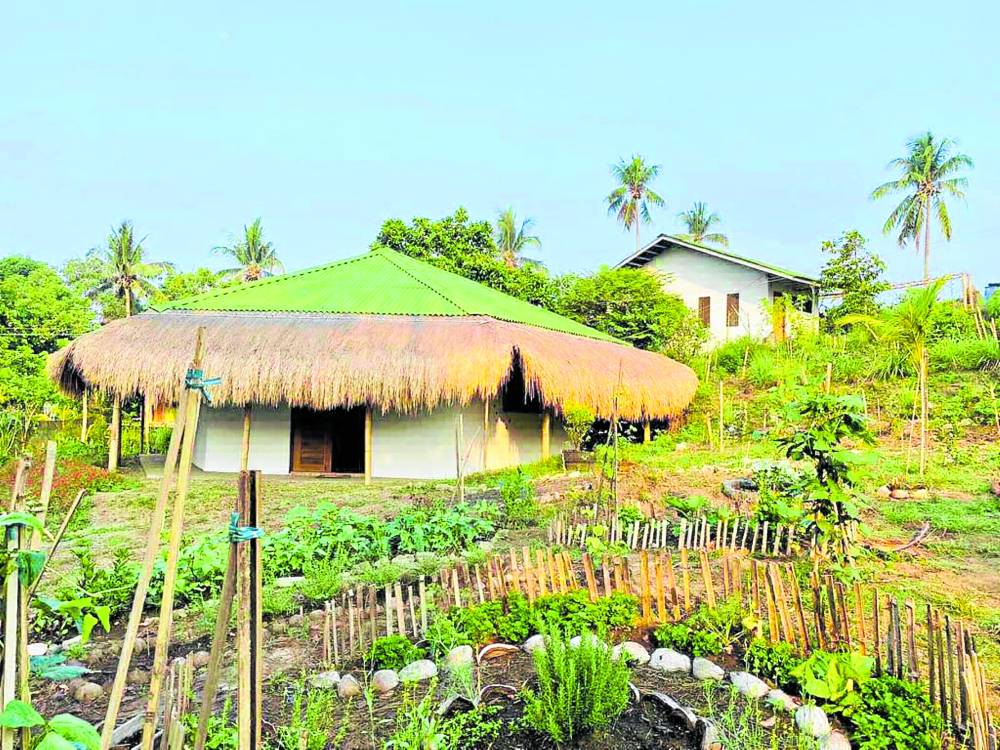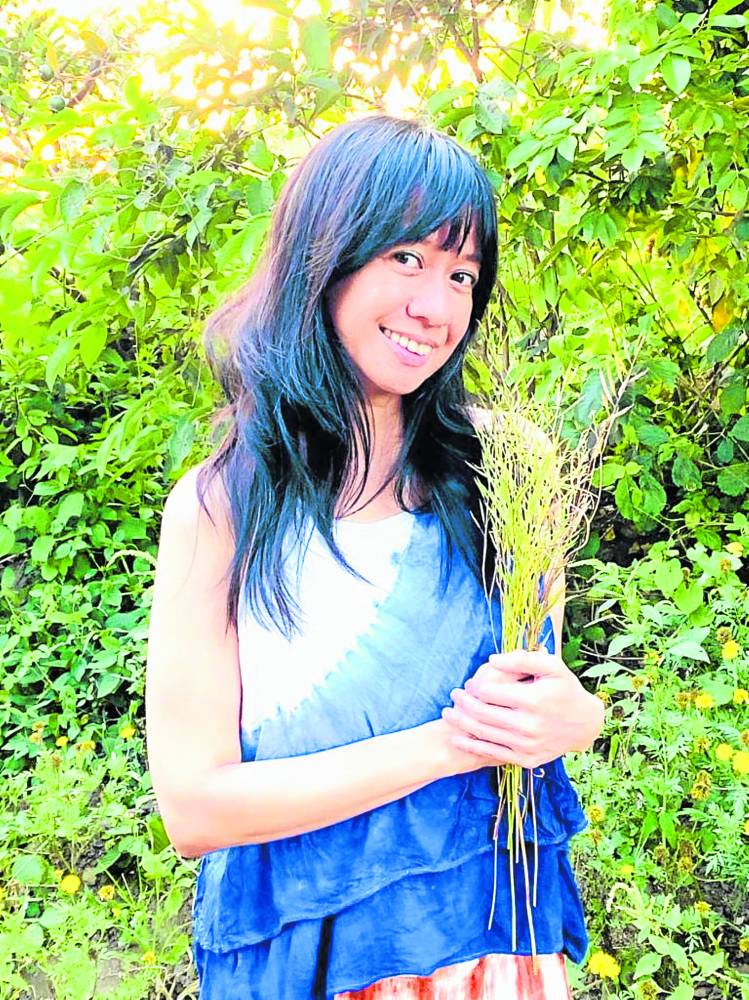
Another trend for 2023, and one that I believe will only become more popular over time, is not just healthy eating, but also eating for wellness and sustainability.
Life Force Nutrition (LFN) is one of the most interesting ways to regain one’s vitality.
According to Asha Peri, a plant-based chef, holistic wellness coach and instructor of the Ecology of Food-Life Force Nutrition, this means wholesome plant-based nutrition that focuses on the different ways of preparing and consuming food, while protecting its integrity.
Some LFN practices include cooking food at low heat, cooking without oil, sprouting and fermenting, consuming a diverse variety of seeds (whole grains, nuts and legumes and small seeds) and roots, and consuming food in their whole package with the fiber intact.
To raise our life force energy, food must ideally be consumed fresh, organically grown, locally sourced and plant-based, said Peri.

The chef is also a kitchen activist, who uses food as a platform to communicate, educate and raise human consciousness.
She believes that the only way food can be truly enjoyed is when it serves a higher purpose, in a way that our dining experience is realigned with the welfare of humanity and the planet.
Food, she said, must also raise the life force of those who eat it.
Peri holds a plant nutrition course called Ecology of Food at her training center and biodiverse farm Subli, in Batangas, overlooking Mt. Batulao.
Ecology of Food is a multidimensional nutrition course that will take you on a journey to understanding how food evolved, where food comes from and how to build resilience through an organic, local and biodiverse diet.
It is Asha’s hope that through her courses, one will be inspired to cultivate a practice of interconnected being and living, keeping in mind that what goes into our food affects the ecosystem of our bodies, animals, farmers and the entire planet!

Seed to table
Subli means “to return to the source.” Aptly, its namesake farm is where Peri promotes practices of regeneration.
Fifty varieties of mostly native fruits and vegetables are grown on the farm. Being seed-sovereignty advocates, they are seed savers at Subli. This means that the crops they grow are from seeds they save. Their seed library, a diverse collection of native seeds, is, they say, their solution to food security.
Guests at Subli are sustainably housed in dorms built from mud.
Only organic products are used in the farm to keep the water system (from an underground source) free of chemical residue. Farm visitors may pick and eat all kinds of organic veggies that are prepared as main ingredients of their plant-based meals, and are free from animal products (including dairy and eggs) and from industrial and processed ingredients.
“Farm work, listening and communing with nature, breathing fresh air and having soulful conversations, are the life-nourishing activities we can offer,” said Peri.

Tips for a healthier year
Subli is where you set your body’s rhythm to nature’s pace.
Peri shared a dozen tips for a healthier 2023.
1. Know the source of your food and eat organic crops, as they are more nutrient-dense than the ones grown with chemicals.
2. Diversify your food. The more varieties of plants you eat, the healthier your gut and the stronger your immunity.
3. Eat local and seasonal. Local is fresh with much less carbon footprint. Crops grown in their right season are more digestible and do not need chemicals for growing.
4. Eat more plants in whole food form instead of processed foods. They are full of fiber, rich in antioxidants and beneficial for the gut.
5. Learn how to cook and consume your food as fresh as possible to reap the maximum benefits from their nutrition.
6. Eat some fermented foods to add more friendly bacteria to the gut.
7. Eat mostly warm and moist food with good spices and good fats from whole nuts and seeds and cold-pressed oils. They will raise metabolism in the right way, create hormonal balance and protect your digestion.
8. Have a regular eating pattern to sustain your energy every day.9. Eat slowly and mindfully to digest food completely without creating toxins that will harm your health.
10. Eat only until you are ⅔ full to allow space for digestion to happen.
11. Eat more local organic grains such as unpolished rice and adlai which support our local rice industry and are more compatible with our digestion than nonlocal grains. Soak them for eight to 10 hours before cooking to remove the toxins in their skin.
12. Refrain from eating processed food, especially with genetically modified ingredients. They are not safe to eat and can damage health in the long run.
Asha Peri’s Champorado
Peri also shares her champorado recipe.
250 g glutinous rice, salt, overnight
250 g gabi, peeled and diced
80 g tableya¾ c or more coconut sugar
Himalayan salt, to taste
Cayenne pepper, to taste
1 c gataSeaweed (nori)
Dilis½ tsp sea salt
1 ½ Tbsp grape seed oil
Soak glutinous rice overnight. The next day, wash at least three times.
Combine rice with 9 cups of water, bring to a boil. Add the gabi and simmer at medium heat for 20 minutes (covered), stirring occasionally.
Heat a nonstick pan at low-medium temperature for 2 minutes. Toast the seaweed with the salt for 1 minute. Add the oil then continue toasting for another minute until the seaweed becomes slightly crispy then turn off the heat. Set aside to cool.
Mash gabi using a fork to give a creamy texture to the porridge. Add tableya, sugar, salt and cayenne pepper and cook partially covered for 15 minutes, stirring occasionally.
Mash tableya once it melts.
Mix ¾ cup of the gata and cook for another 3 minutes at low temperature, stirring frequently. Save the rest for drizzling on top upon serving.
Turn off the heat and serve hot with seaweed and dilis. Drizzle fresh gata on top. INQFind Asha Peri @ecologyoffood on Instagram.
Follow the author at @iamreggieaspiras on Instagram and Facebook; reggieaspiras.com








































